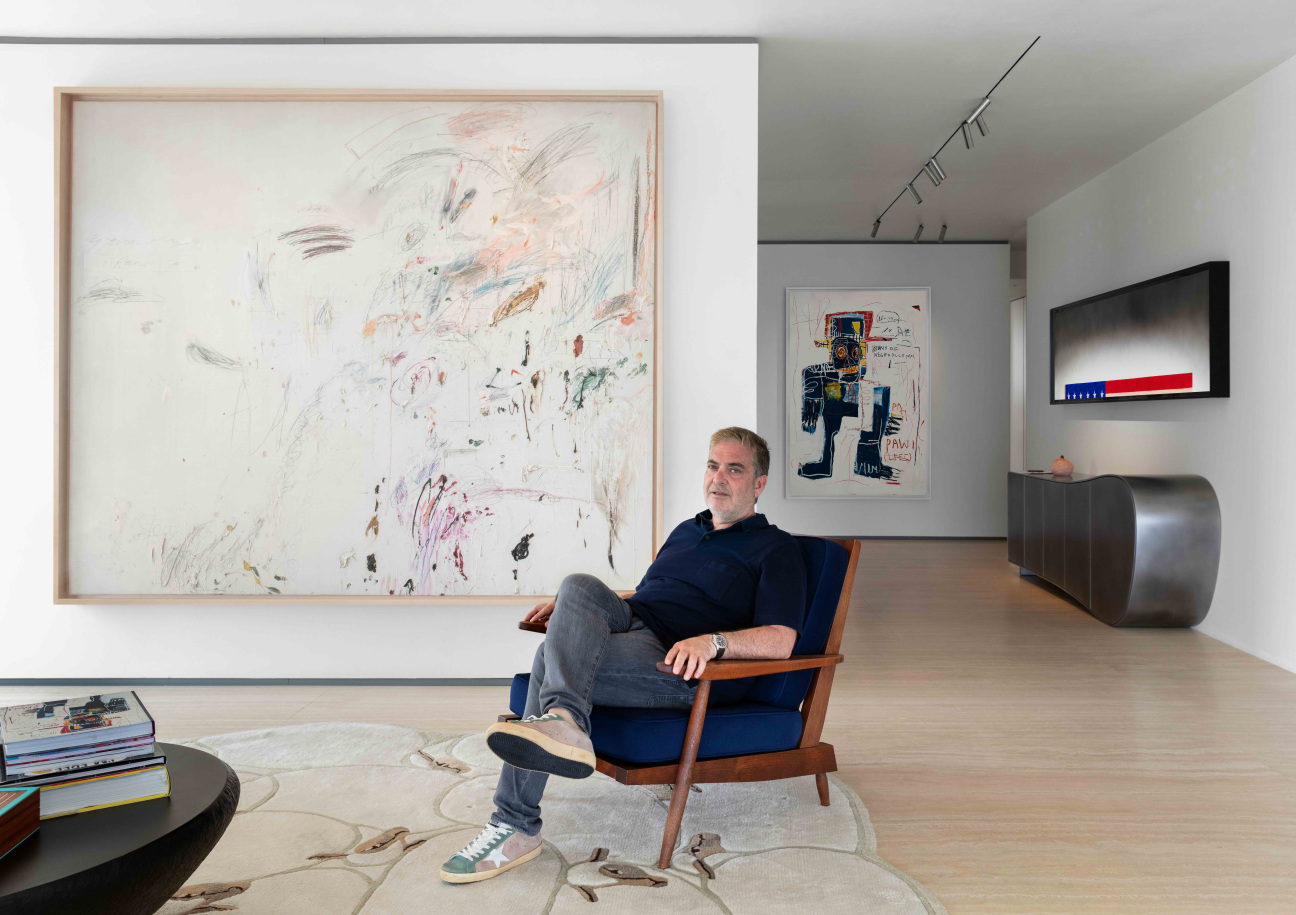
The collector ARTnews once characterized as "notably private" has had a change of heart. Laurent Asscher—whose trove includes pieces by Jean-Michel Basquiat, David Hammons, Jeff Koons, and a litany of other blue-chip names—is launching a new art space in Venice next month.
Set to open its doors April 9, AMA Venezia will take up its quarters near the Scuola Grande della Misericordia in Cannaregio, and is named for Asscher's three children—Andrea, Matteo, and Alessandro. The collector's own love of art was sparked in childhood, when he was surrounded by his parents' acquisitions of works by Joan Mitchell, Sam Francis, and a number of Impressionist painters. "While they weren’t obsessive collectors, their passion for art sparked my own interest in painting, collecting, and innovation," he tells CULTURED, in what might be one of the greatest undersells we've heard yet.
Ahead of the foundation's opening, Asscher offers a rare look at the works he lives with, as well as those AMA visitors will soon be able to set their own eyes upon. Here, he reveals everything from his greatest influences, the stranger negotiations he's encountered, and why Venice is the perfect home for his new space.

For a long time, you showed your collection only sparingly to the public. What made you decide to open a permanent space?
Once you become a serious collector with a substantial number of works, and when you aim to engage deeply with artists, sharing that art with others becomes a natural step. Keeping everything at home or in storage felt selfish to me. Opening a public space—on a human scale—was a way to share the extraordinary pieces I’ve acquired and to organize exhibitions that also include works from other collections.
Why Venice? I live in Monaco, which is the second smallest country in the world after the Vatican, making it nearly impossible to establish an art space of a reasonable scale. Venice, on the other hand, felt like the perfect choice. The city is evolving into a major hub for cultural foundations, and I was inspired by pioneers like Peggy Guggenheim and François Pinault.
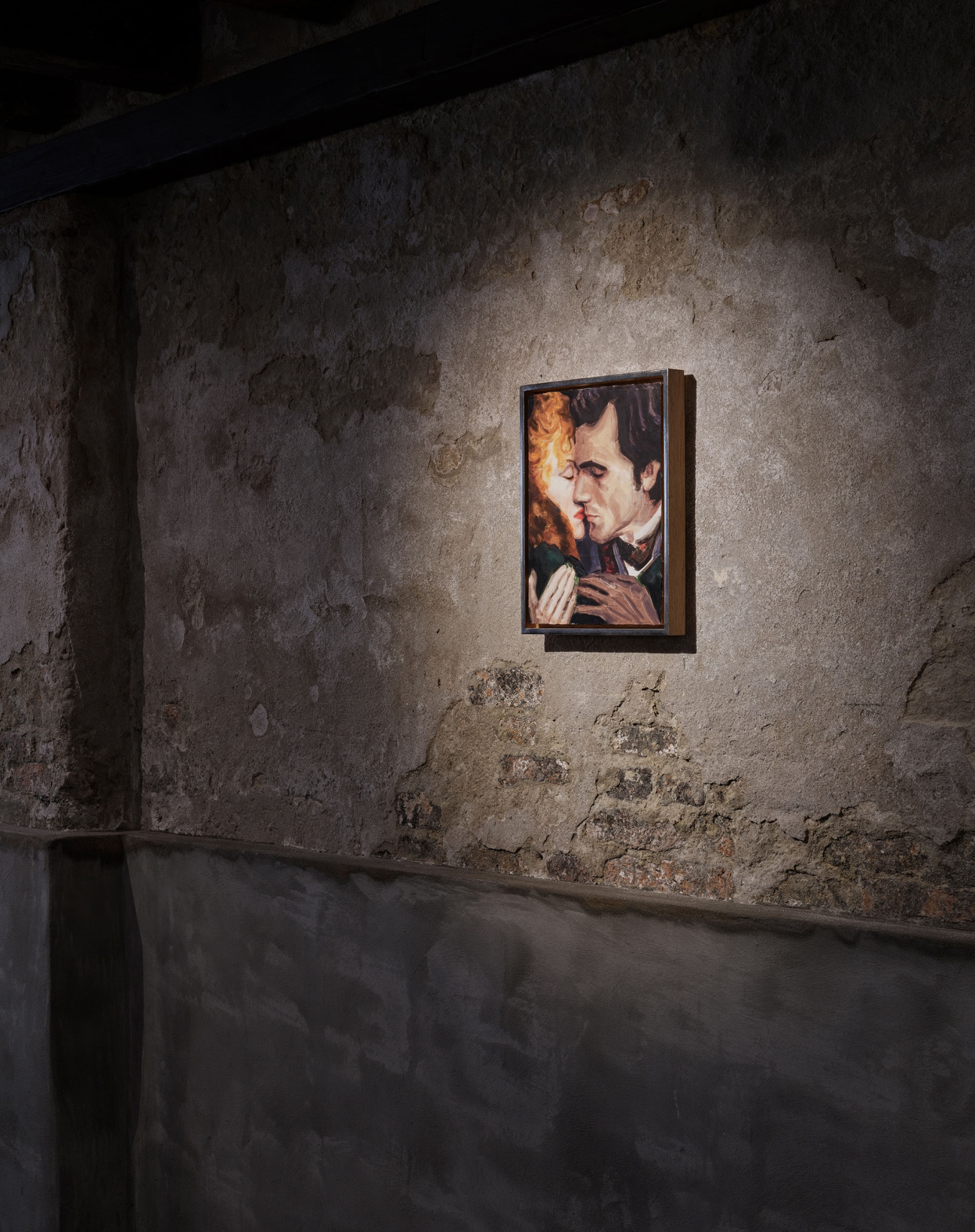
How would you characterize your collection?
The vision for my collection is primarily focused on contemporary art, with a particular emphasis on American artists or those who have lived and worked in the United States. I’ve spent a lot of time in the U.S., both professionally and personally, and that’s where I truly immersed myself in museums, galleries, and artist communities. For me, the American art scene is one of the most dynamic and forward-thinking.
My collection mainly spans works from the 1970s to the present, though it includes a few older pieces from the 1950s. A significant portion of the collection features living artists, as I believe it’s crucial to collect the art of one’s time rather than solely works of past generations. That said, I also own key pieces by artists such as Cy Twombly, Picasso, Brice Marden, and Basquiat. While my primary focus has been painting and sculpture, I have recently begun collecting video art as well.
What is the first piece you ever bought?
I had always dreamed of owning a Basquiat. The first piece I acquired was at a Christie’s auction in London––a Basquiat I purchased on a Wednesday. The very next day, I attended a Phillips auction and saw another Basquiat. Even to the untrained eye, the difference in quality between the two was striking.
At the time, I knew very little about the art market, but I instinctively understood that I had made the wrong choice. I managed to sell the piece I had just purchased the day before and acquire the second one instead––Irony of Negro Policeman––at Phillips. It turned out to be one of the best acquisitions of my collection, and from that moment on, I became a dedicated collector … For someone who had never purchased an artwork before, it was an incredibly unusual first experience in the art market. Negotiating such a deal while having almost no prior knowledge of how the system worked was both surreal and exciting. But in the end, it was a great learning experience—and a lot of fun.
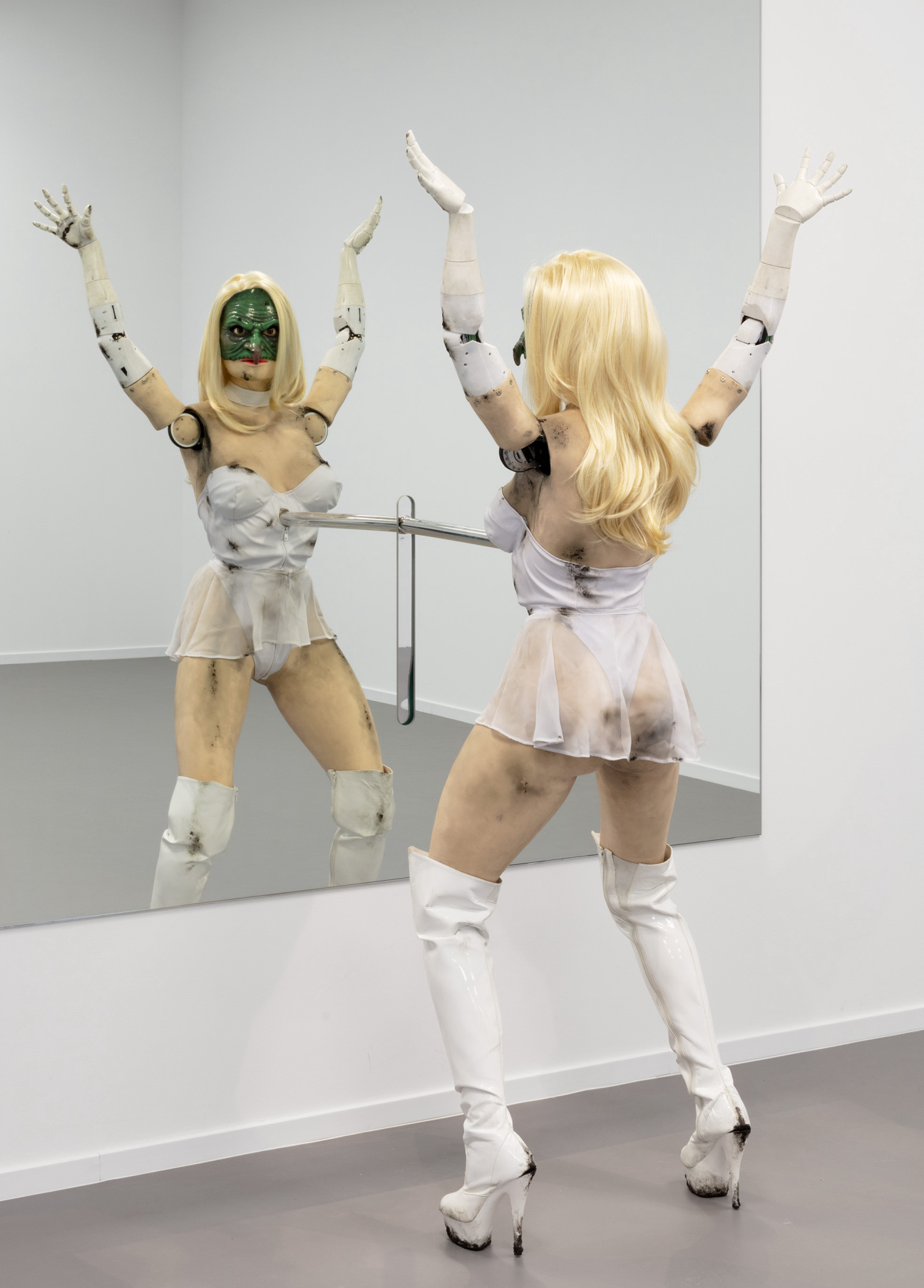
Which work in your home provokes the most conversation from visitors?
One that always stands out is Jordan Wolfson’s Female Figure. However, as an immersive and technically complex installation, it can only be exhibited in a public space rather than in a private home. The first time I saw it, I was completely mesmerized. The way it moves, the unsettling yet hypnotic gaze, and the eerie choreography make it feel almost alive. It challenges the viewer’s perception of human interaction and artificial intelligence, creating an experience that is both captivating and unsettling. Visitors are often fascinated and disturbed in equal measure, which, to me, is a sign of truly powerful art.
How do you discover new artists or work?
Through a combination of factors: museum visits, art fairs, gallery exhibitions, and––most importantly––conversations with other collectors, curators, and artists. I also follow the Venice Biennale and major international exhibitions closely. Another key source of discovery comes from engaging with younger artists directly, as well as working with curators who introduce me to emerging talent.
One person who has been incredibly important in shaping my collection and introducing me to new talent is Larry Gagosian. His vision, expertise, and ability to identify groundbreaking artists have had a profound impact on the way I collect. Through his galleries and personal guidance, I have been able to access and engage with some of the most innovative artists working today.
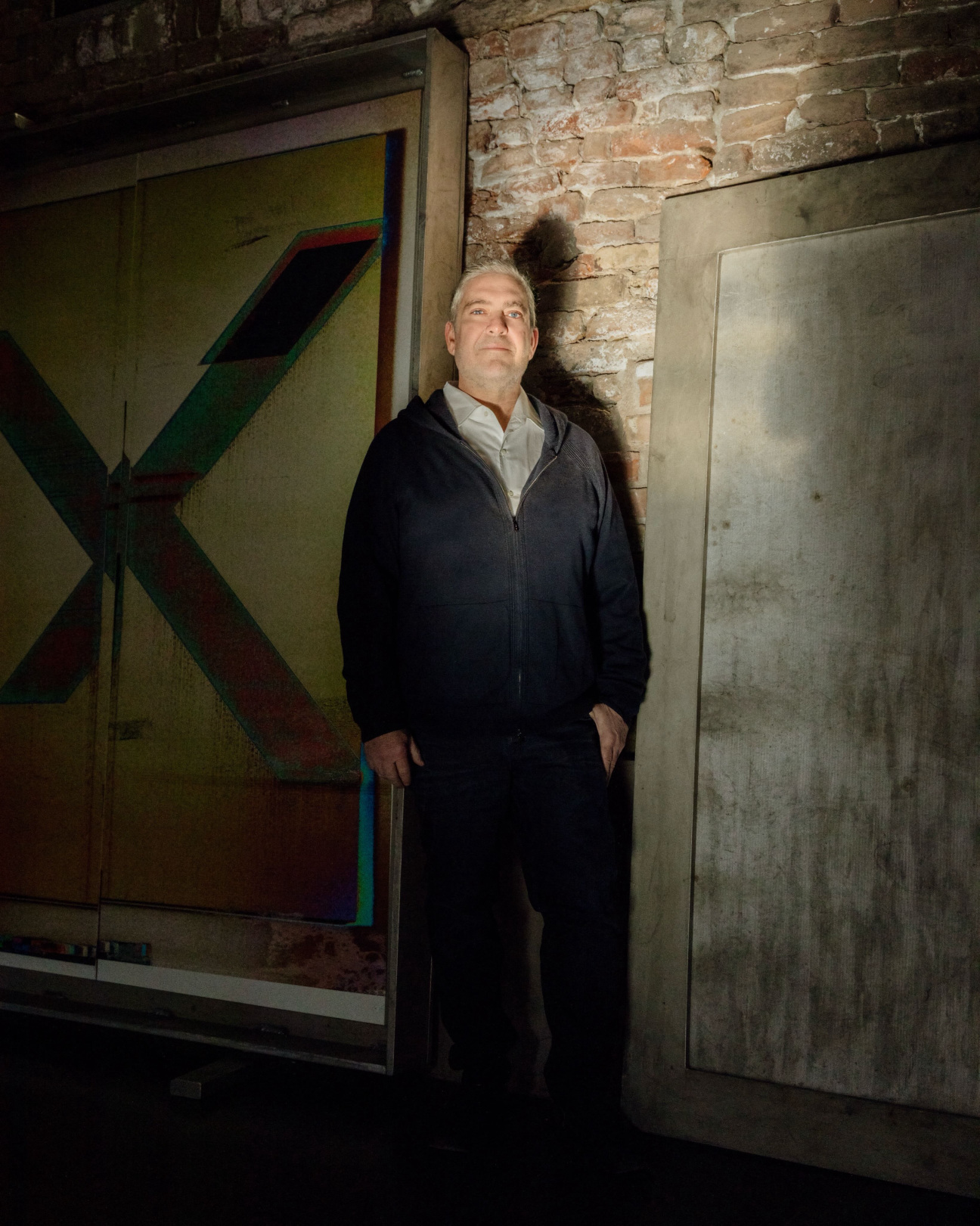
Which artist are you currently most excited about and why?
The one I will discover tomorrow––or the next time I come across something truly new. For me, collecting has always been about innovation, about finding artists who are pushing boundaries and doing things that no one has done before. That constant search for originality and fresh perspectives is what keeps the art world so exciting. There is always something new to uncover, and the thrill of discovering an artist whose work challenges conventions and opens new dialogues is one of the most rewarding aspects of collecting.
What feelings would you like your collection to inspire in the people who experience it?
I want my collection to reflect its time. When you look at certain pieces, you can feel the tension between tradition and groundbreaking creativity. The collection brings together absolute painting––works by Twombly, Basquiat, Marden, Wool––while also embracing innovation in video art and other cutting-edge mediums. This mix creates a dynamic dialogue between past and present, between classical mastery and forward-thinking experimentation. My hope is that people who experience the collection feel this energy––the coexistence of artistic heritage and the constant push toward new frontiers.
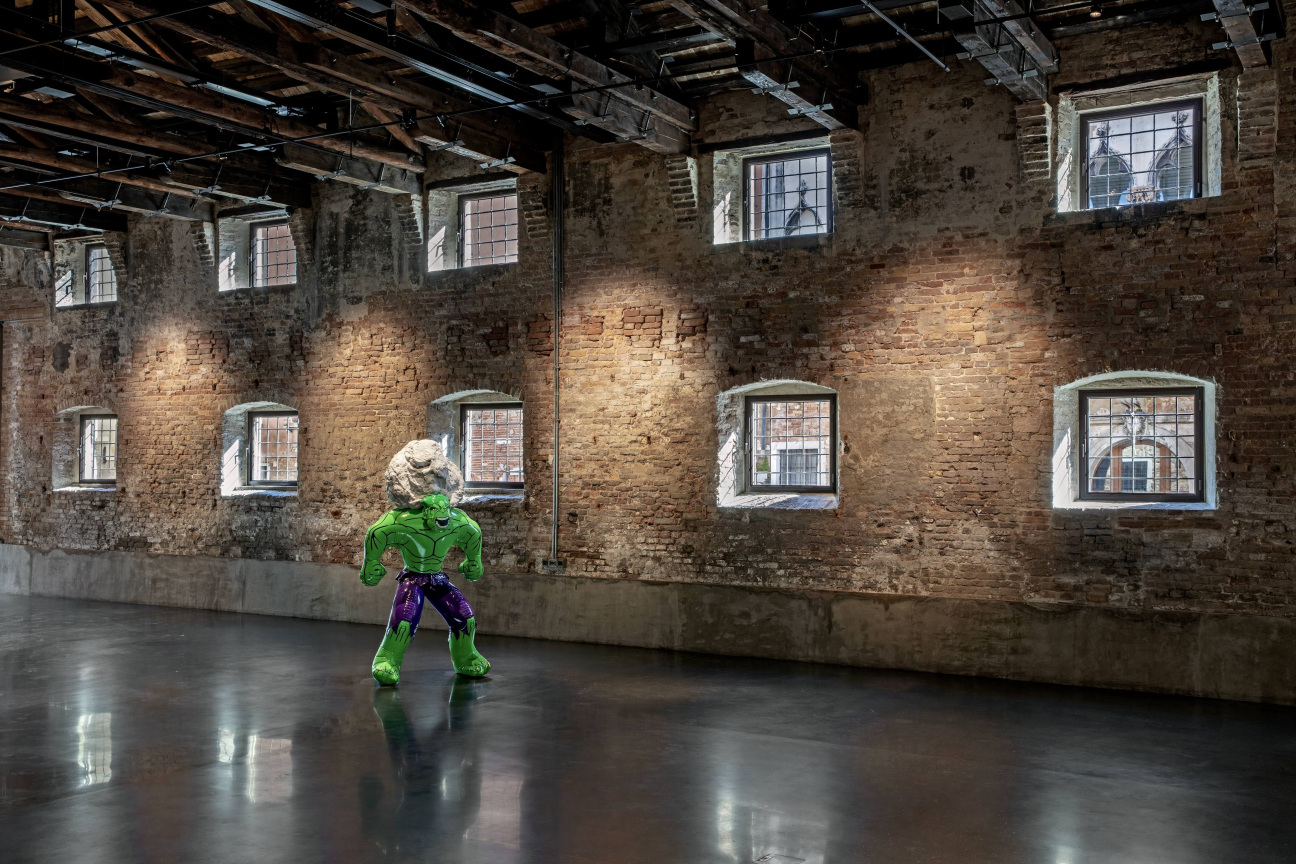
What are the three must-see shows this month?
"David Hockney 25" at the Fondation Louis Vuitton in Paris. "Sarah Sze" at Gagosian, Hong Kong. And the inaugural exhibitions at AMA Venezia, featuring a carefully curated selection of contemporary masterpieces, including works by Avery Singer, Brice Marden, David Hammons, Elizabeth Peyton, Florian Krewer, Jeff Koons, Jordan Wolfson, and many more.
What piece of advice would you give someone who wants to get into collecting?
To first define the category they want to focus on. It could be African art, American art, drawings, objects––anything. But once they choose a category based on their passion, a specific subcategory, or their financial means, they need to fully commit to it.
The most important rule is to never compromise on quality. A collector should always seek out the best possible works within their chosen field, prioritizing excellence over price. If they can get the best price for a high-quality piece, that’s great––but the guiding principle should always be quality first, not price first. In the long run, great works retain their value, while lesser works rarely do.
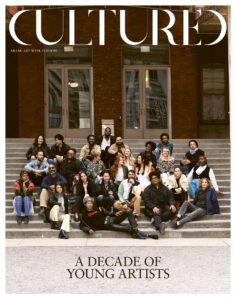
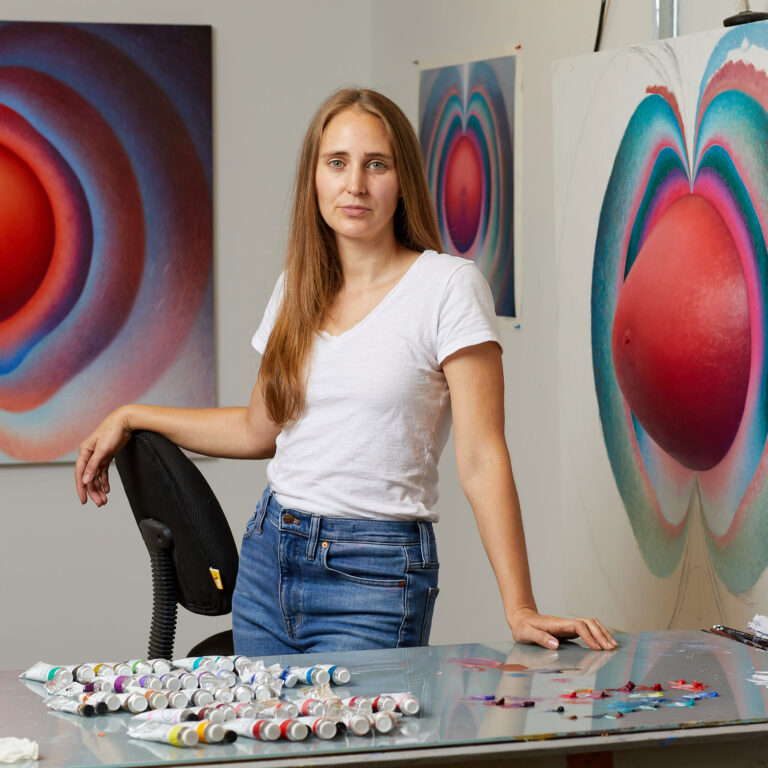
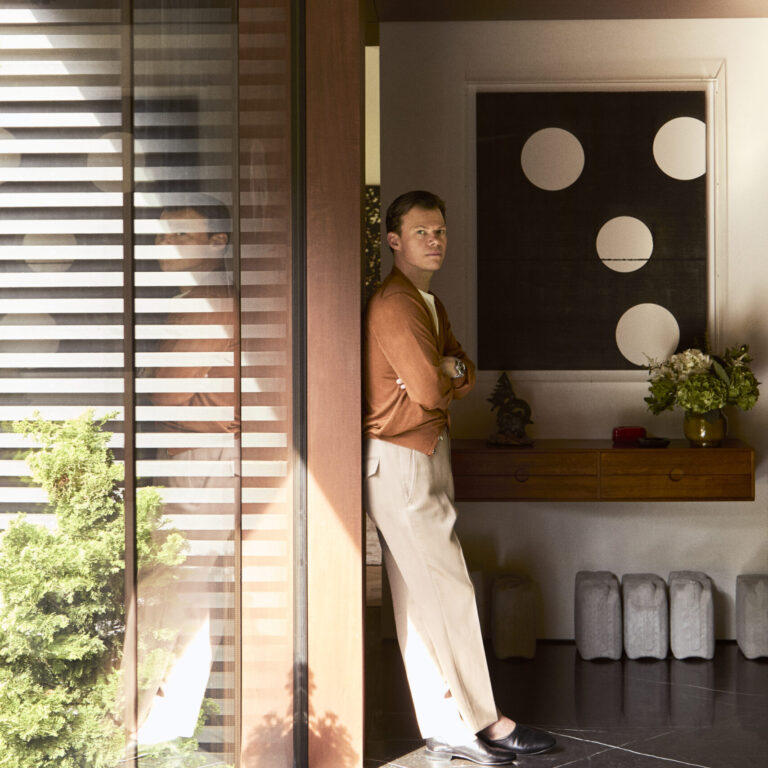



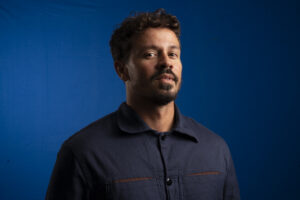

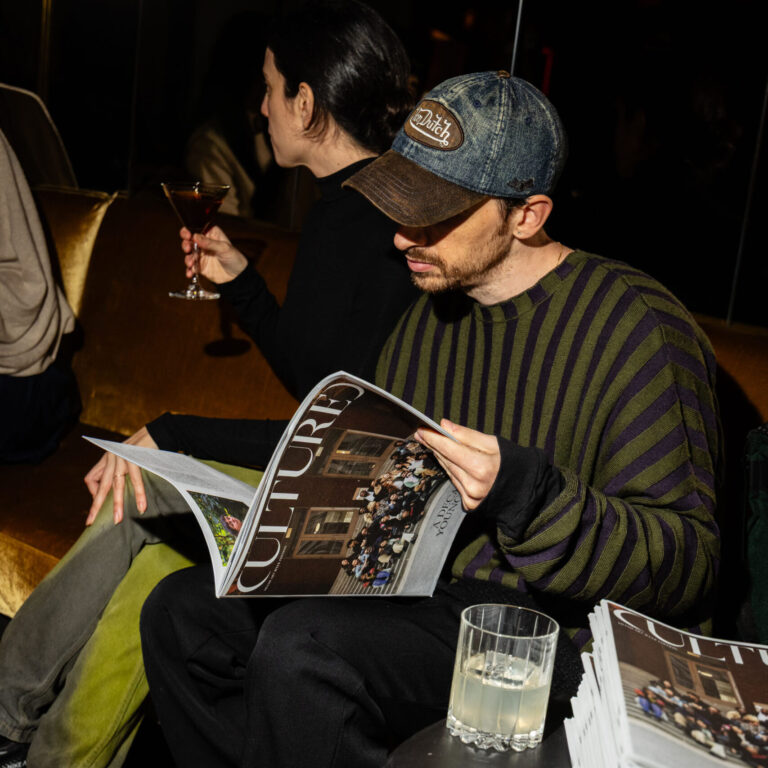

 in your life?
in your life?

